What is Brand Activation? Real-World Examples and How to Measure Success
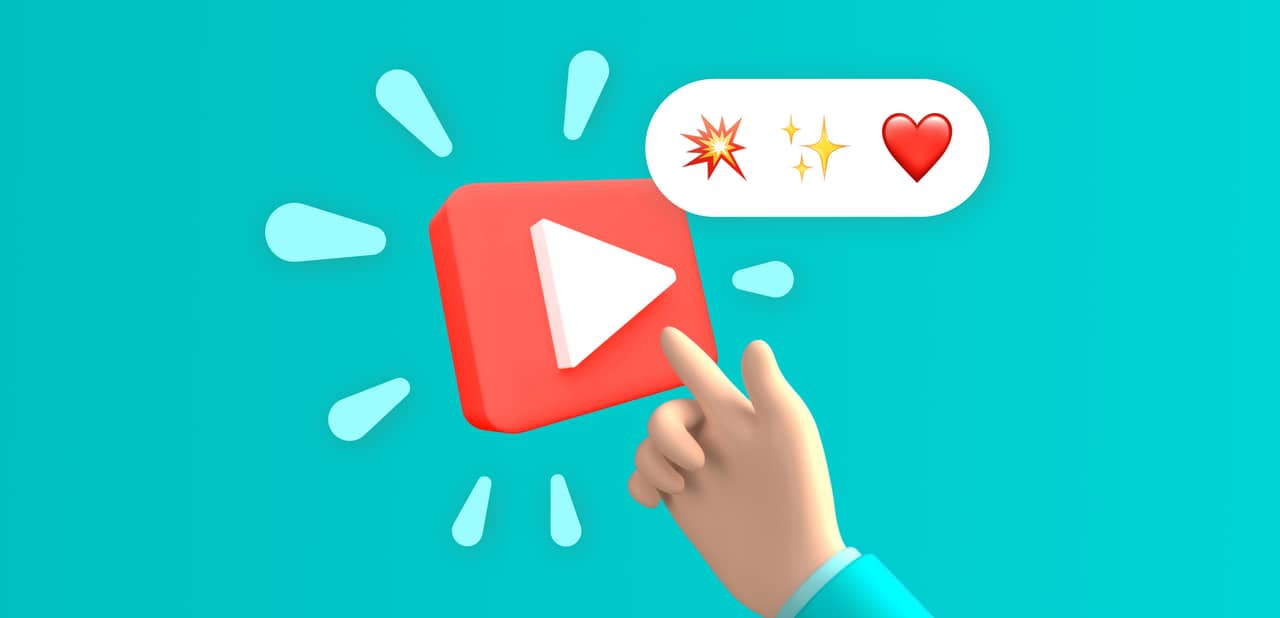
Ever joined a random social media challenge just to see what filter turns you into a potato? Or scanned a QR code on a new snack to unlock a surprise playlist? That’s brand activation—and it works.
It’s more than just exposing logos or slogans. Brand activation strategies are making people do something, feel something, and actually remember your brand message.
In this article, we’ll walk through what brand activation is all about, why it matters more than ever, and how to tell if your campaign is hitting the mark while peeking into some of the best brand activation examples.
Let's start right away!
What is brand activation?
Brand activation refers to any campaign or interaction that brings your brand to life and gets people to do something. Not just notice your logo, but engage with you, remember you, and ideally, talk about you.
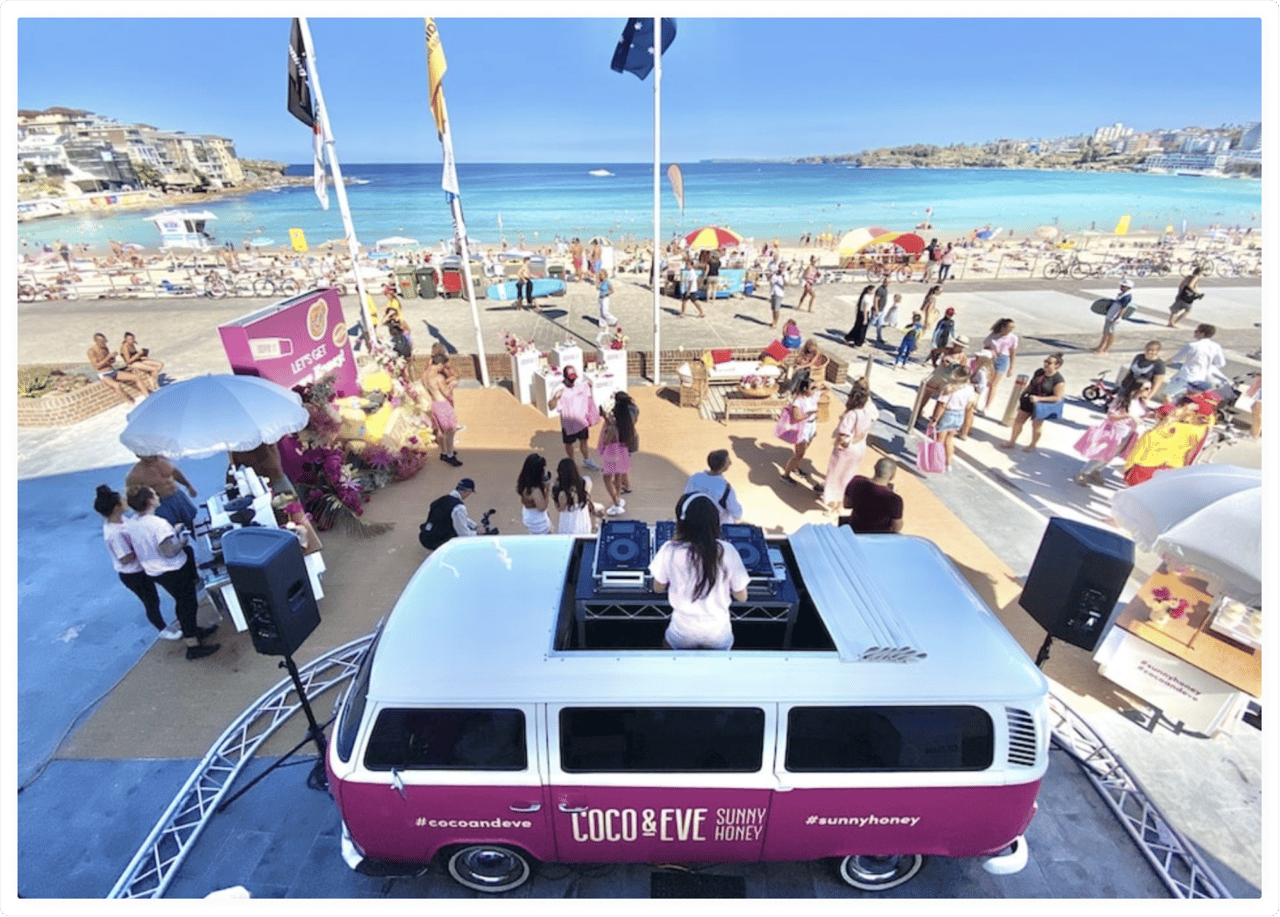

Source: Kombico
It’s where you increase brand awareness and turn it into action, sparking meaningful interactions with your target audience. While the goal of any other marketing strategy is to create buzz, the goal of the brand activation strategies is to create memorable experiences and build a community around it (with potential brand ambassadors right behind the corner).
Brand activation can take all kinds of forms, like:
Experiential events: pop-ups, installations, brand takeovers on social media platforms
Product sampling: the old “try before you buy” still works, especially when there’s a twist with free samples
Interactive experiences: quizzes, games, choose-your-own-adventure stories
AR/VR online campaigns: immersive experiences that put your audience right inside your brand
Social media challenges: TikTok dances, hashtag dares, viral filters
Influencer collaborations: brand partnering up with real people showing real reactions (ideally)
These activations can happen online, offline, or somewhere in between. What matters is to create engaging and interactive experiences that get people involved and acting.
Why brand activation matters more than ever
If we're being honest, most people scroll past ads without even noticing them. Traditional advertising is slowly dying, so your future marketing strategies need to find inspiration to break the monotony and ensure your brand stands tall.
When everyone’s shouting for attention, do you know what actually cuts through? Experiences.
People don’t remember every brand they see. But they do remember how something made them feel. A fun moment, a clever challenge, a surprise product in the mail—that’s what makes a lasting impression.
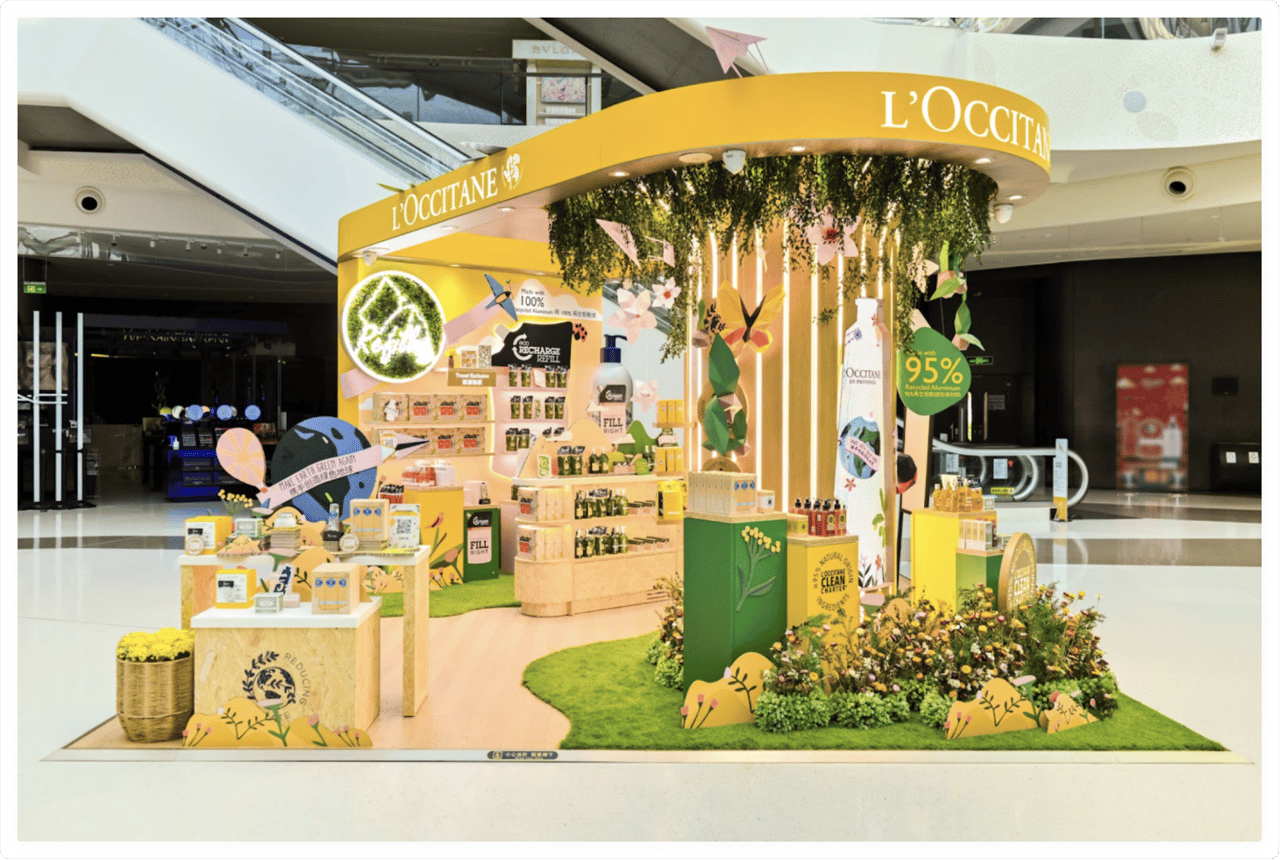

Source: MoodieDavitt report
Here’s why brand activation works:
It creates an emotional connection: You’re not just showing up in someone’s social media feed, you’re showing up in their memory.
They generate buzz: Especially when there’s a social angle that makes people want to share.
They get people to try (and talk about) your product: A small interaction can lead to big word of mouth, and long-term brand loyalty.
They help you stand out: Because your competitors are busy running generic campaigns while you’re out there making engaging experiences.
At the core of it, brand activation is the magic formula: awareness + engagement + action. A creative concept that goes beyond your usual marketing activities and boosting brand awareness.
How to plan a successful brand activation campaign
You don’t need a giant budget to pull off a successful brand activation strategy, but you do need a smart plan. Here’s how to get started.
Start with your audience insight
Before you dream up your big brand activation ideas, listen first.
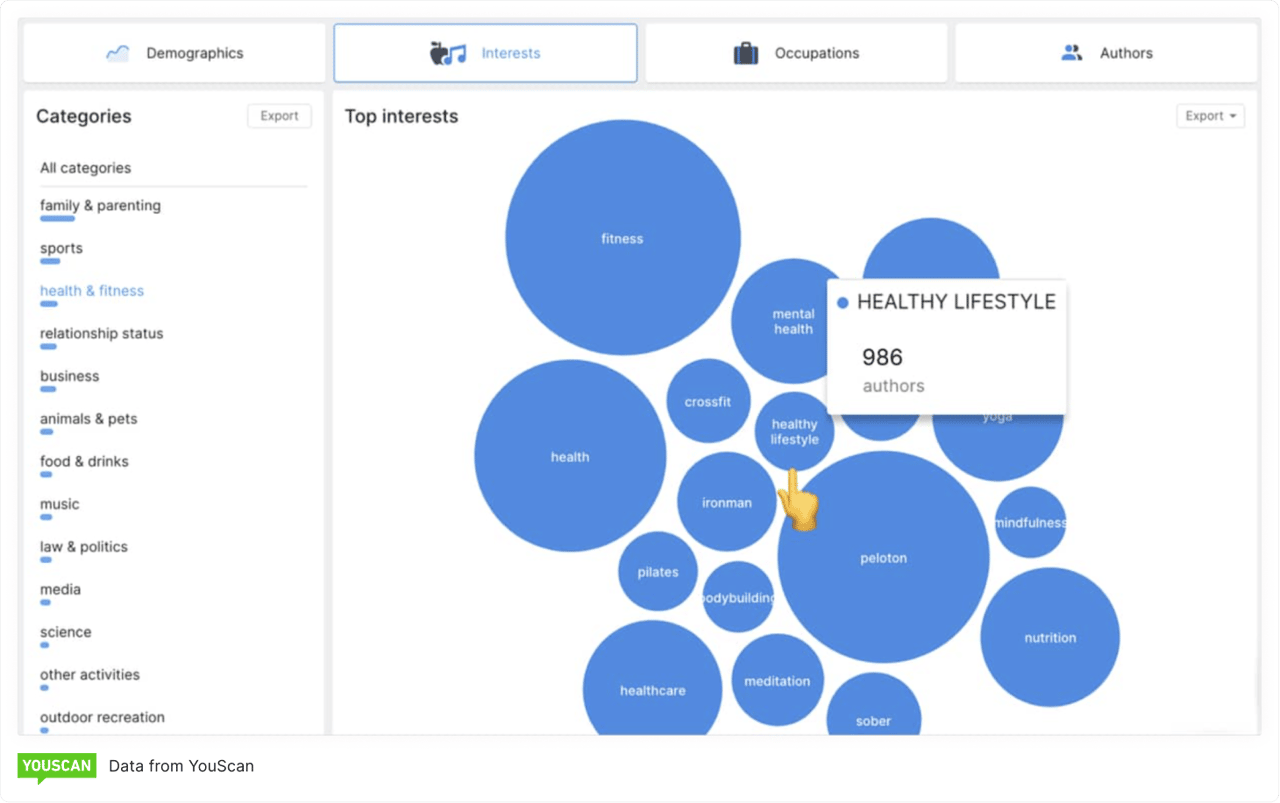

Source: YouScan
Use social listening tools like YouScan to figure out what your target audience actually cares about. What topics get them excited? What’s annoying them right now? What slang are they using that you absolutely shouldn’t mess up?


The better you understand their world, the better your brand activation will land. YouScan gives you that inside look and complete target audience analysis—from sentiment and trends to image recognition and emerging behaviors.
Define the emotion and outcome
It's called experiential marketing, so let's focus on the experience itself. What should people feel? Inspired, curious, entertained, challenged? Maybe even a little shocked (in a good way)?
Get clear on the emotion you want to evoke and pair it with a specific action. Do you want potential customers to post about it? Try your product? Sign up for something? All your marketing efforts from here on should support that.
Choose the right activation type
Now that you know your people and your goal, pick the format that fits.
If your audience loves real-life experiences, plan a pop-up or a sampling event. If they live on TikTok, maybe a challenge or AR filter is the move. Influencer collab? Digital game? Tiny branded apartment in a subway station? It all depends on what your audience will actually respond to.
But here’s the catch: just because something’s trendy doesn’t mean it’s right for your brand. In Q3 2024, Statista reported that 61% of consumers prioritize trust when interacting with brands.
The right brand awareness campaigns are not designed only to reach a broader audience; they’re also aligned with the brand's core values. That means choosing a format and message that feels true to who you are. Don’t force a cool format if it contradicts your values or tone of voice.
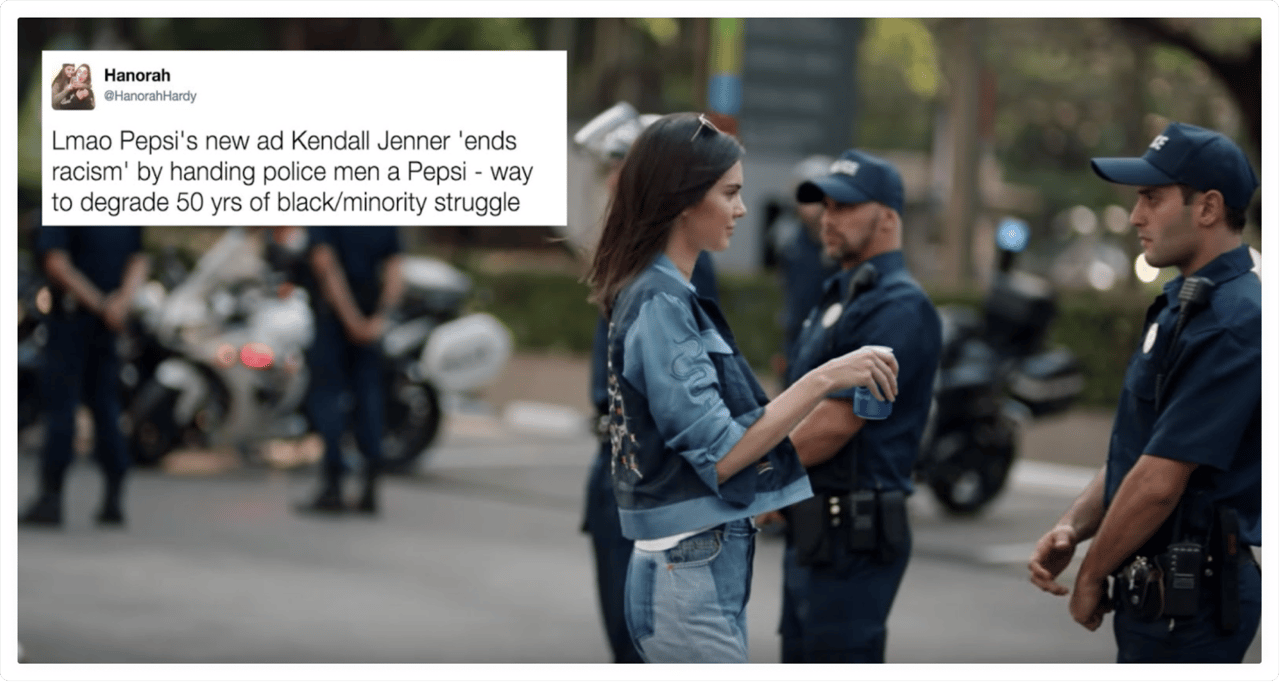

Source: Glamour
Take Kendall Jenner’s Pepsi ad, for example. They tried to tap into youth-led protest culture, something emotionally charged and politically complex, with a feel-good vibe and a soda can. The result was a massive backlash. It felt disconnected from both the movement and the product, and audiences saw through it instantly. The advertisement was pulled by the company one day after it was distributed.
So yes, give people what they want—but tell your brand's story in a way that only your brand can. Stay consistent with your core message, your values, and the emotional space you want to occupy. That’s how you build trust and attention. Furthermore, it's how you keep a strong brand reputation.
Make it shareable
If it didn’t get posted, did it even happen?
Think about shareability from the start. Build in hashtag moments, surprise elements, photogenic visuals, or even influencer tie-ins. The easier it is to snap, record, or post, the faster your campaign spreads.
Did you know that YouScan can track all that buzz in real time? It's true. From hashtag growth and sentiment shifts to visual brand presence across social. That's social listening and monitoring solved.
Examples of creative brand activations
Let’s take a look at how different brands brought their message to life—and made people stop, smile, and share.
Brand: Spotify
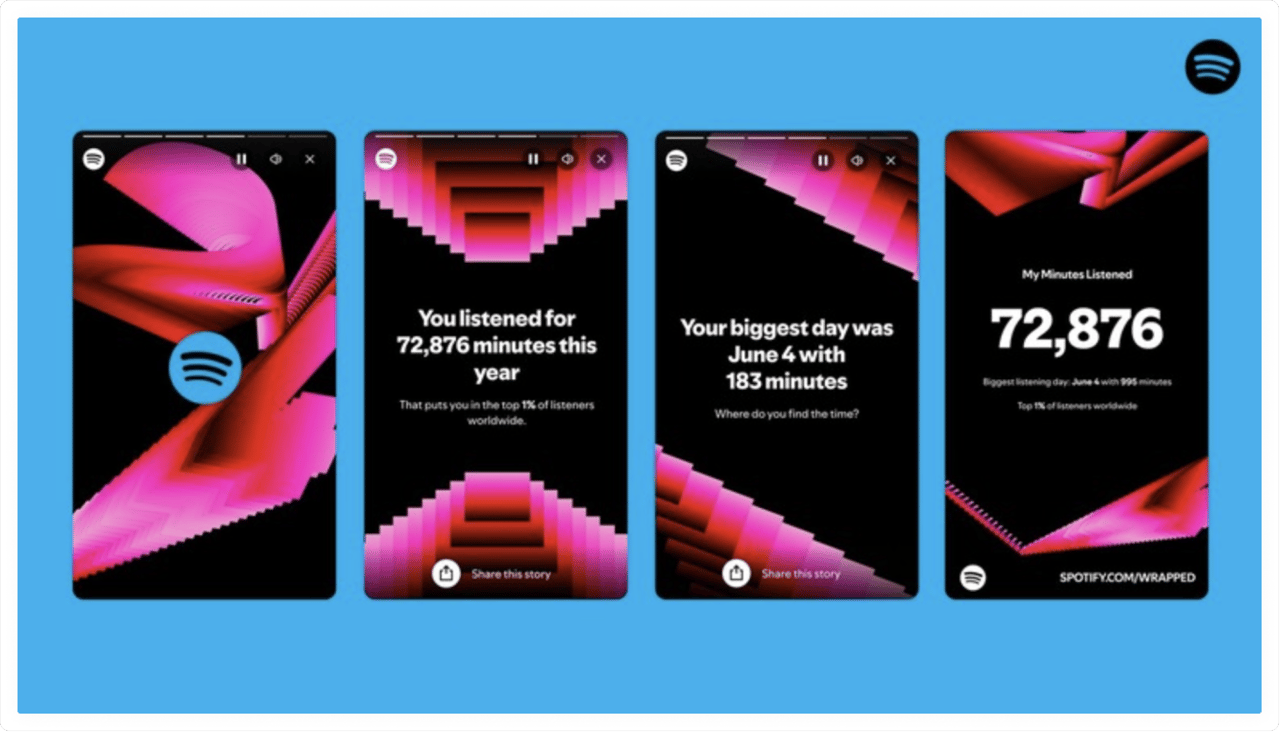

Source: Slashgear
Activation: Launched “Spotify Wrapped” as a personalized annual recap with shareable stats and stories
Why it worked: It turned user data into a brag-worthy moment, enhancing customer loyalty. People loved seeing (and posting) their top songs, and the campaign basically ran itself, inspiring a social media buzz.
Brand: Bumble
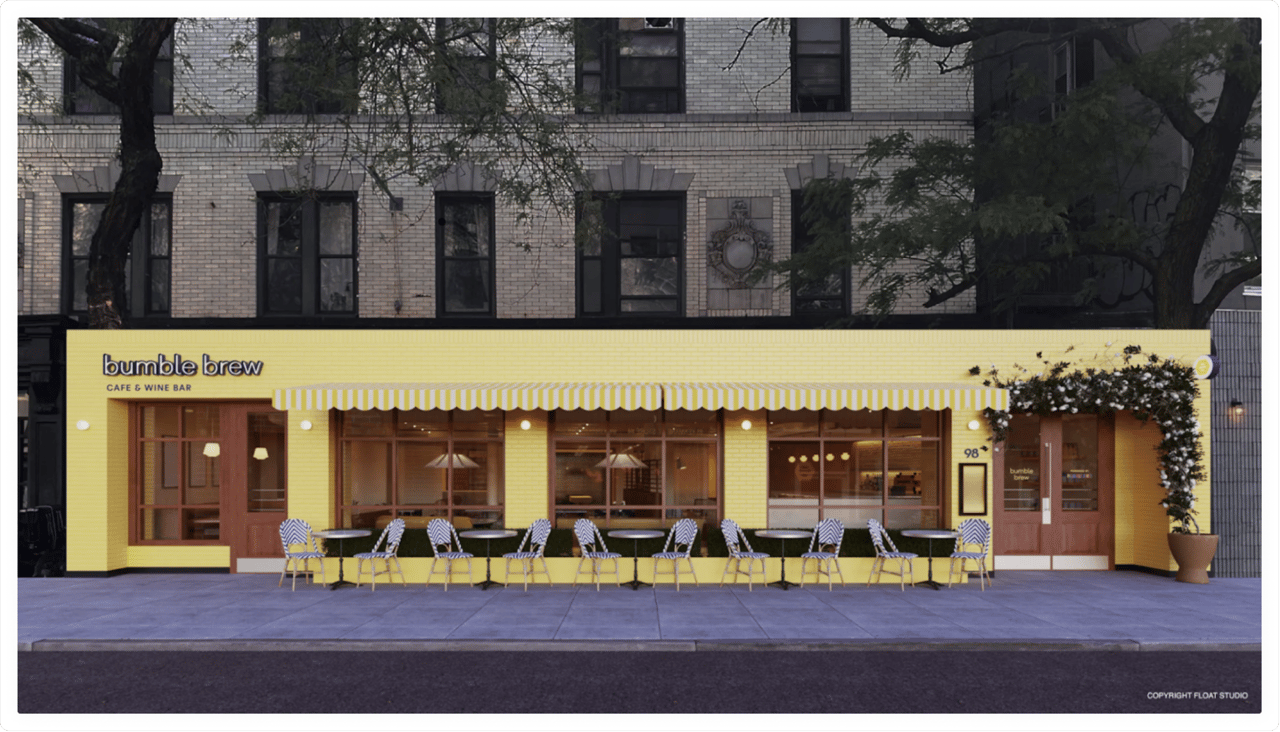

Source: Bloomberg
Activation: Set up IRL “Make the First Move” pop-up cafes in major cities with conversation prompts on tables, moving their customers from digital technology to real-life events
Why it worked: It brought the app’s core feature into the real world and gave users a chance to connect offline in a way that felt natural and on-brand. Talk about interactive elements?
Brand: Adidas
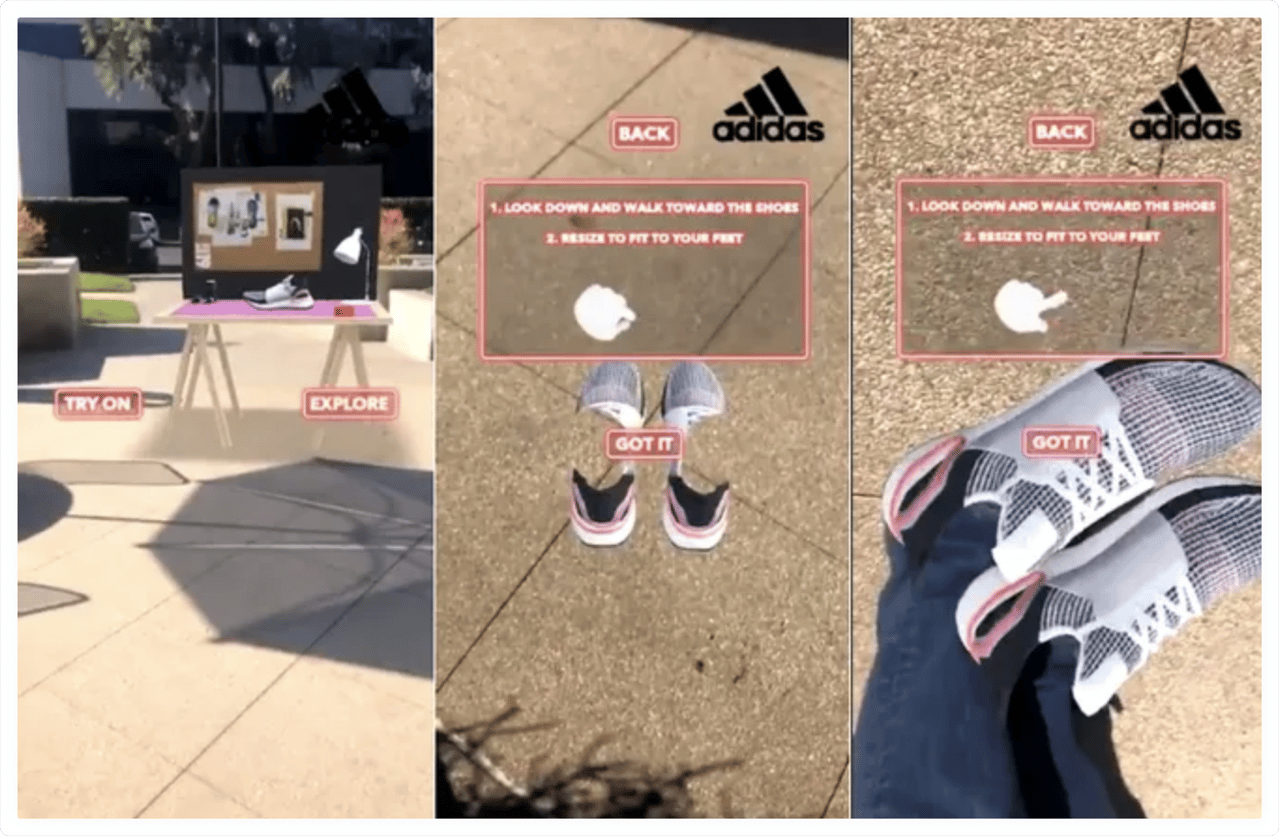

Source: Social media today
Activation: Used Snapchat’s AR lens to let users virtually try on Ultraboost shoes and instantly purchase them via the app
Why it worked: These interactive experiences encourage participation by blending try-before-you-buy with mobile shopping, all while staying fun and playful. It was interactive, on-brand, and drove direct action.
Brand: NYX Cosmetics
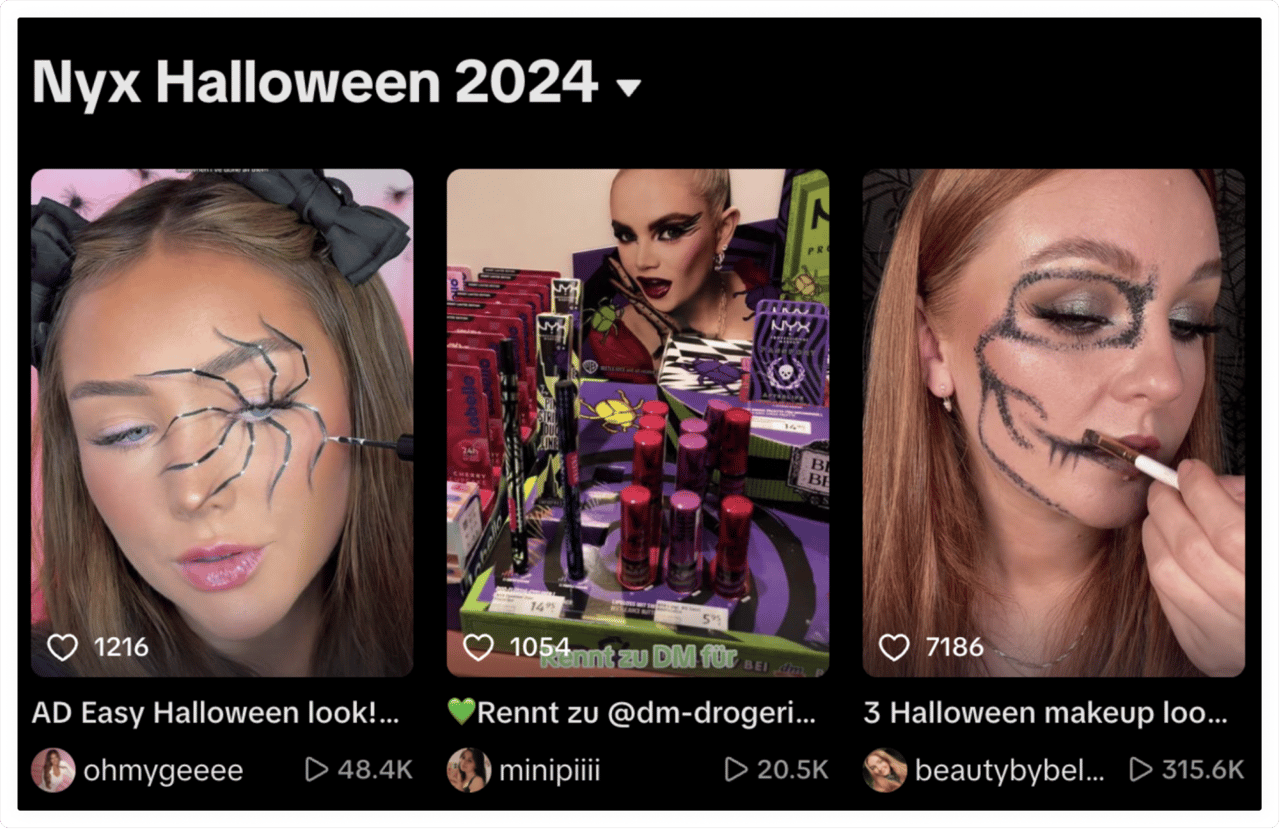

Source: TikTok
Activation: Launched a TikTok challenge inviting users to create bold Halloween looks using NYX products
Why it worked: It tapped into TikTok’s creative energy, empowered influencers and regular users alike, and aligned perfectly with the brand’s edgy vibe.
Brand: LEGO
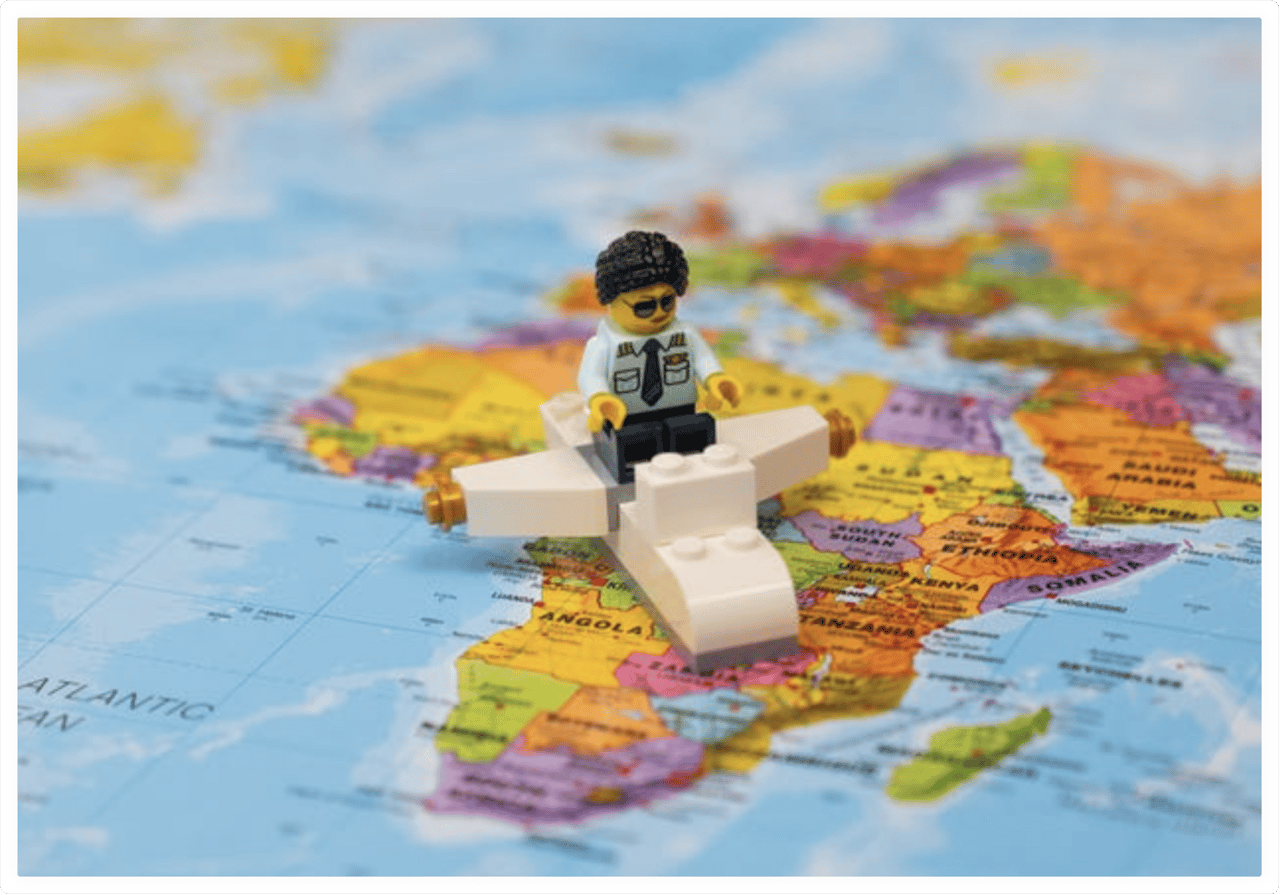

Source: LEGO
Activation: Created a global scavenger hunt using geocaching to celebrate the anniversary of the LEGO Insiders membership program and let fans discover limited-edition mini kits hidden around cities
Why it worked: It gamified the product experience, built real-world excitement, and appealed to both kids and adult fans of LEGO, going way beyond the borders of traditional marketing.
How to measure brand activation success
The success of a brand activation can't be measured in sales the very next day. In fact, it's about how well you sparked attention, created conversation, and influenced perception. Just as in setting up effective brand activations, measuring brand activation requires good data and even better analytics.
Here's how to track marketing objectives that really matter—and how social listening tools like YouScan help you do it.


Engagement
First, look at how people interacted, both online and offline. Did they stop by your pop-up? Click through your AR lens? Join the challenge? For digital marketing campaigns, measure clicks, time on page, video completions, and bounce rates. For physical activations, look at scans, signups, and check-ins.
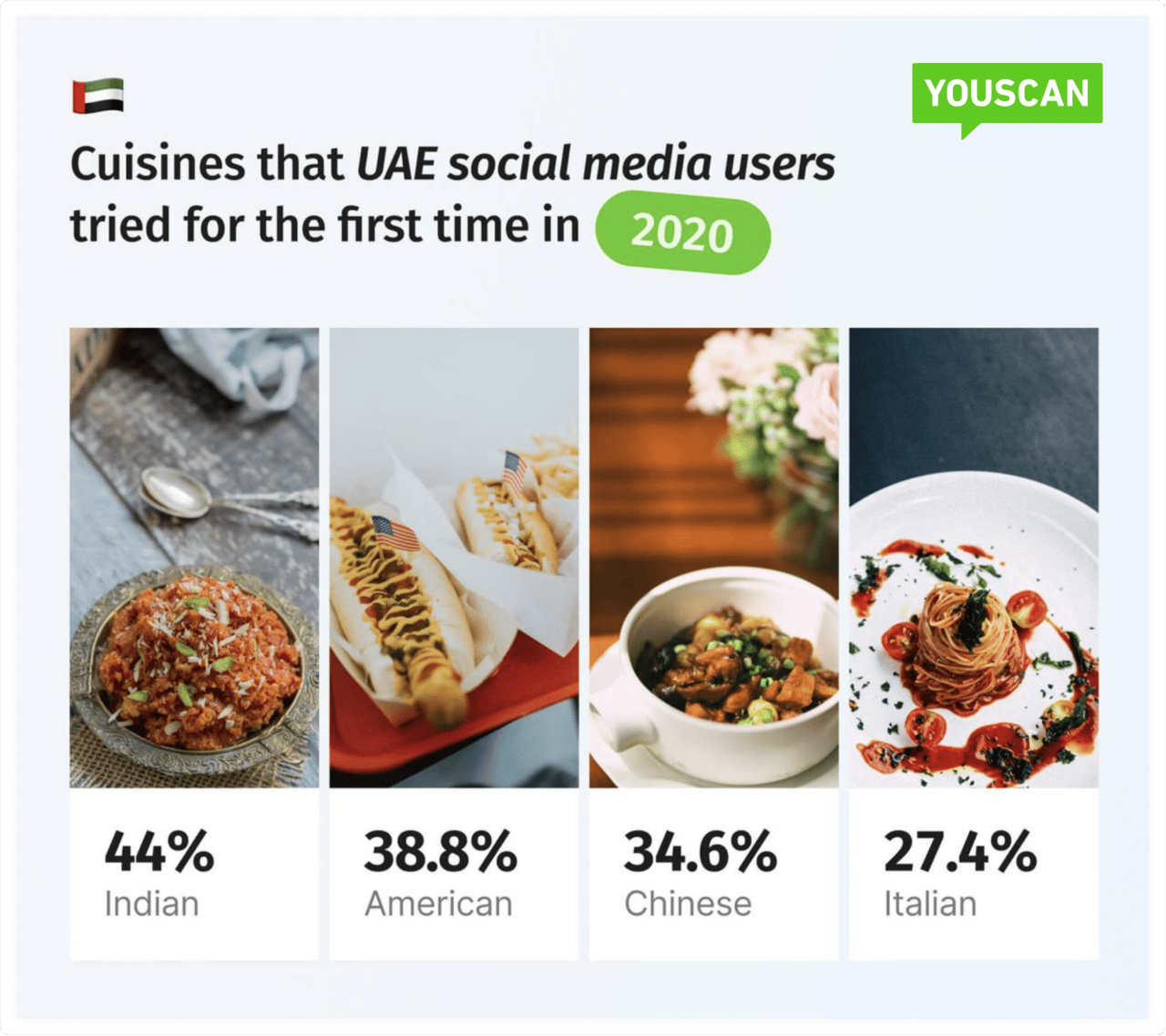

Source: YouScan
For example, a food brand hosting a street sampling booth could track QR code scans leading to a recipe site. YouScan can monitor the resulting buzz online—was this a memorable experience worth talking about?
User-generated content (UGC)
Some of the best activations go viral because the audience helps spread the message. Monitor how many photos, videos, and stories people post that tie into your activation, especially if you gave them a branded visual moment to share. Leverage that valuable content in future campaigns to create immersive experiences that beat your previous campaign.
In our example above, NYX Cosmetics’ Halloween TikTok challenge flooded the platform with makeup transformations. YouScan would be able to track the volume of UGC, including hashtags, visuals, and post sentiment, in real time, as it happens, and provide deep social media analytics.
Brand mentions (text + image)
Mentions aren't just about tags, they’re about context. Is your brand being discussed? Are people snapping photos that feature your logo, even if they didn’t mention your handle?
YouScan’s AI-powered image recognition can identify logos, products, and even objects or scenes in photos, helping you see how your brand is showing up in visual content, not just in text.
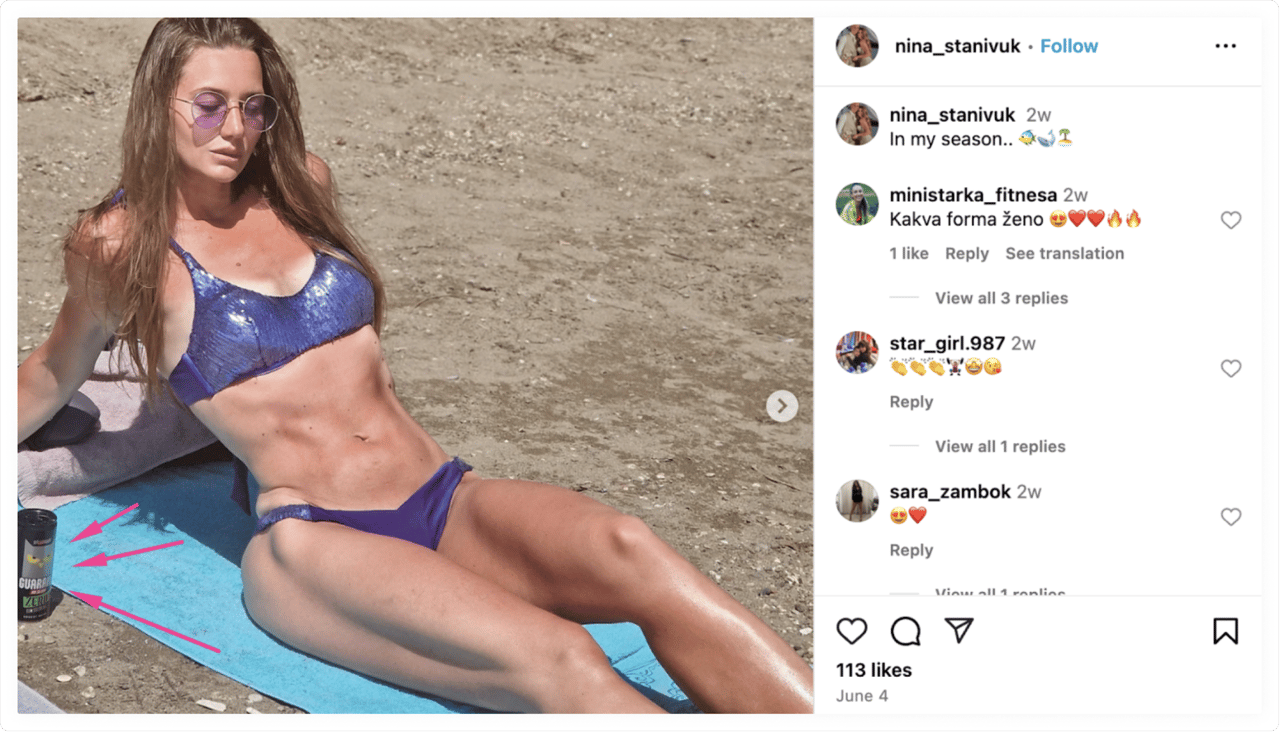

Source: Instagram
With summer at our doors, a beverage brand might appear in thousands of beach photos during a summer activation. Even if users don’t tag the brand, YouScan picks it up.
Moreover, by reacting and reposting users' content, you will not only improve your online brand reputation management but also inspire other users to interact with you.
Sentiment
Volume is one thing—tone is another. Are the conversations around your activation exciting, annoying, confusing, or delightful?
YouScan goes beyond positive/neutral/negative and uses aspect-based sentiment analysis to break down which parts of the experience people loved—or didn’t. That way, you can learn what to amplify and what to adjust. If users love the event but find the booking experience frustrating, YouScan will highlight both trends clearly.
Share of voice
Are you leading the conversation, or getting drowned out?
YouScan tracks your share of voice compared to competitors, showing how dominant your campaign was in your space. You’ll see where you ranked in terms of volume, sentiment, and attention during the campaign period.
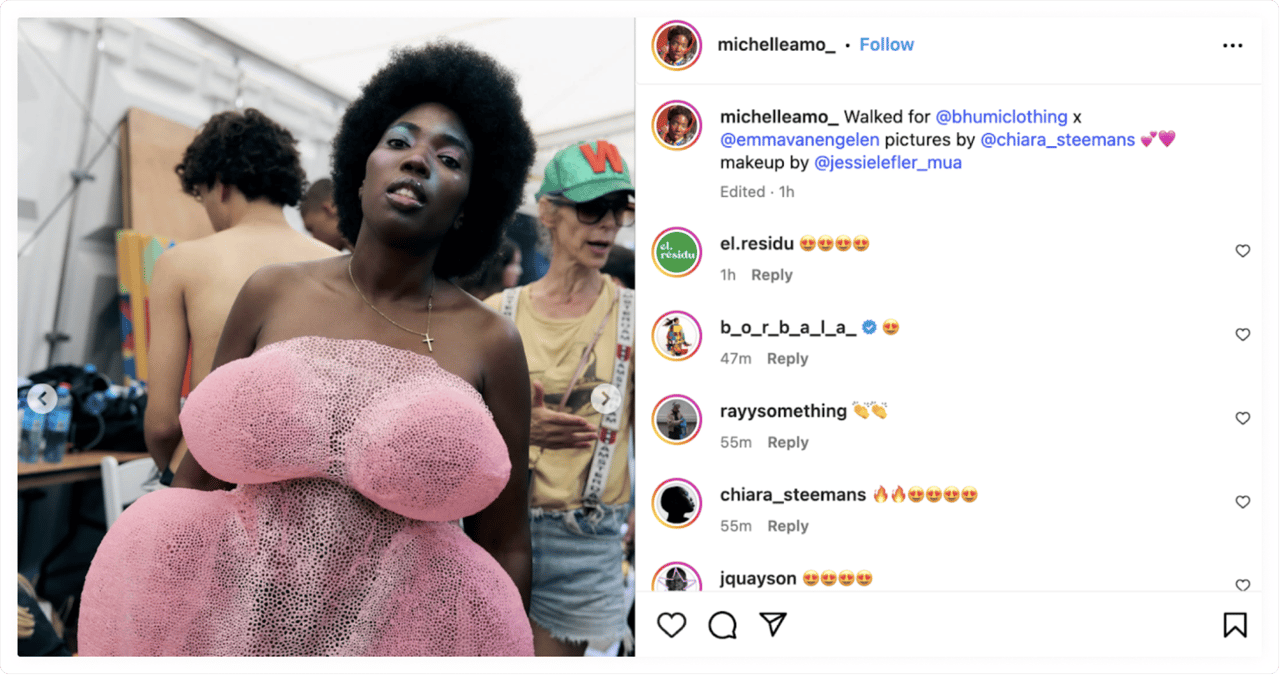

Source: Instagram
Let's say, during a fashion week activation, YouScan can show whether your brand outperformed others in online chit-chats, even if you weren’t the biggest name on the runway.
Foot traffic
For an offline brand activation, measuring foot traffic is key. Use QR codes, app check-ins, NFC taps, or even basic headcounts. Then match that data to online talks to see the full impact.
If there’s a spike in online mentions from a specific location, YouScan can trace the geo-tagged posts and give insight into how the offline moment played out online. Think good brand health in both dimensions—in vitro and in vivo.
Post-activation brand recall
Are people still talking about it a few weeks later? Can they remember who was behind that cool experience?
Use YouScan for social media monitoring and capture long-term mentions and sentiment trends beyond your brand activation campaigns. If people continue referencing memorable experiences you enabled (even without prompts), that’s a strong signal of recall and lasting brand impact.
For instance, Spotify Wrapped drives massive brand recalls every December, and YouScan can capture that recurring annual surge in attention.
Final thoughts: Activations without insight are just noise
Anyone can run a flashy campaign. However, the best brand activations start with understanding what your audience actually cares about, and turn that into a moment worth remembering (and sharing).
Whether you’re popping up in real life or launching something viral online, tools like YouScan help you listen before you launch—and measure what matters after you do. From real-time sentiment tracking to visual content analysis, you’ll know exactly how your activation is performing and why it worked.
Because when you activate the right message, at the right time, with the right people—that’s when the magic happens.
Want to see what YouScan could uncover for your next campaign? Get a demo today!
FAQs
What is a brand activation?
Brand activation is any campaign or experience that brings your brand to life and encourages the target audience to actively engage with it, not just notice it.
How do you activate your brand?
You activate your brand by creating an experience (online or offline) that connects emotionally with your audience and prompts them to interact through events, digital campaigns, sampling, or challenges.
What is a brand activation job?
A brand activation job typically involves planning and executing campaigns that boost engagement, drive trial, and make the brand feel real and memorable to the target audience.
What are the KPIs for brand activation?
Key performance indicators include engagement (online or on-site), user-generated content, brand mentions, sentiment, share of voice, foot traffic (for physical events), and post-campaign brand recall.

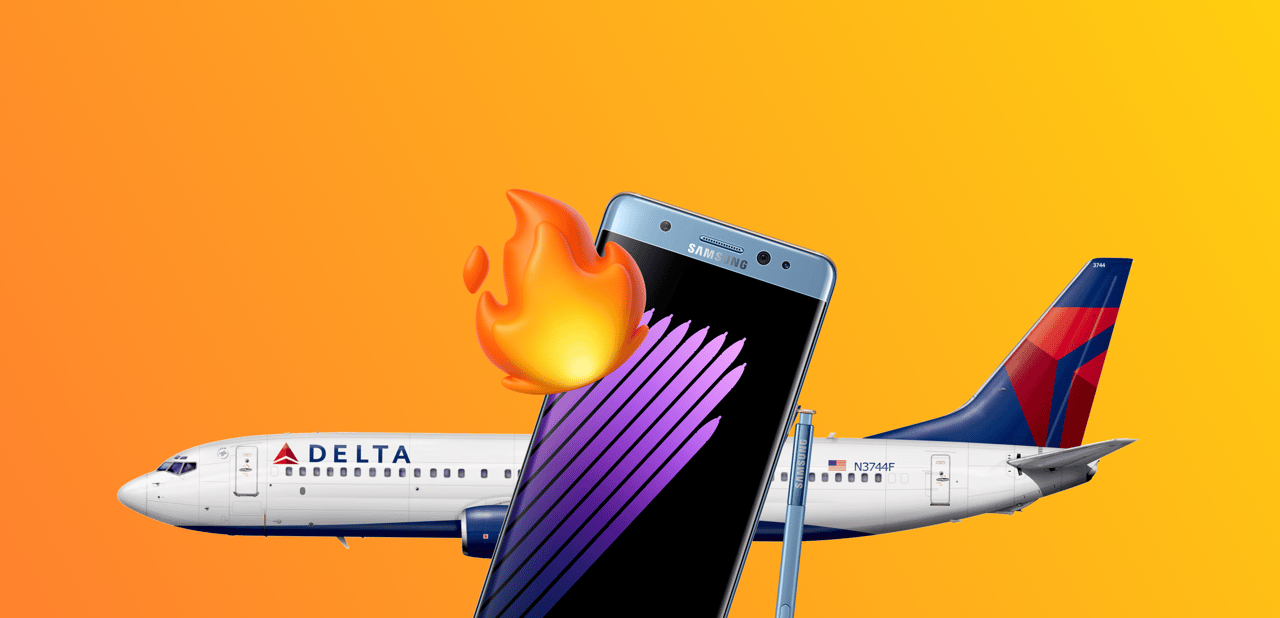
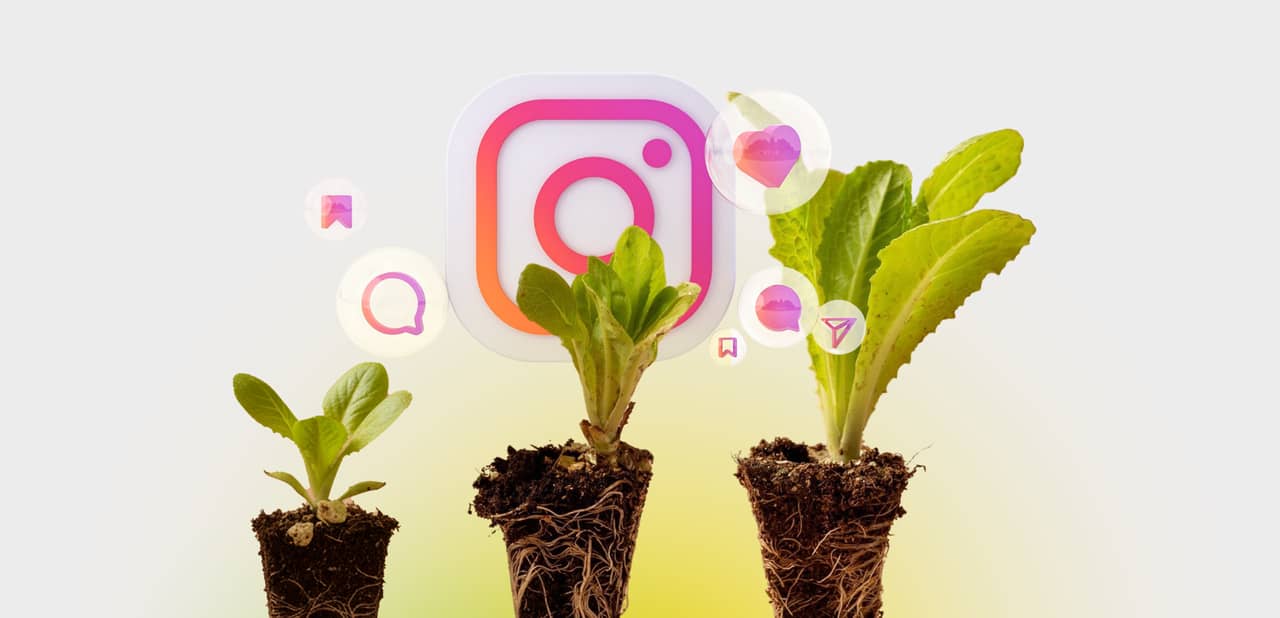
.png)